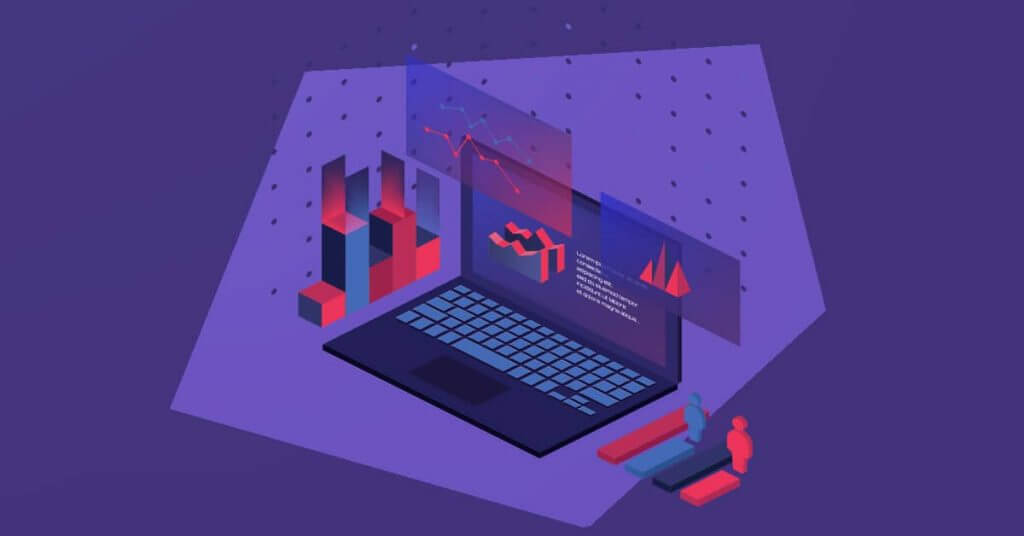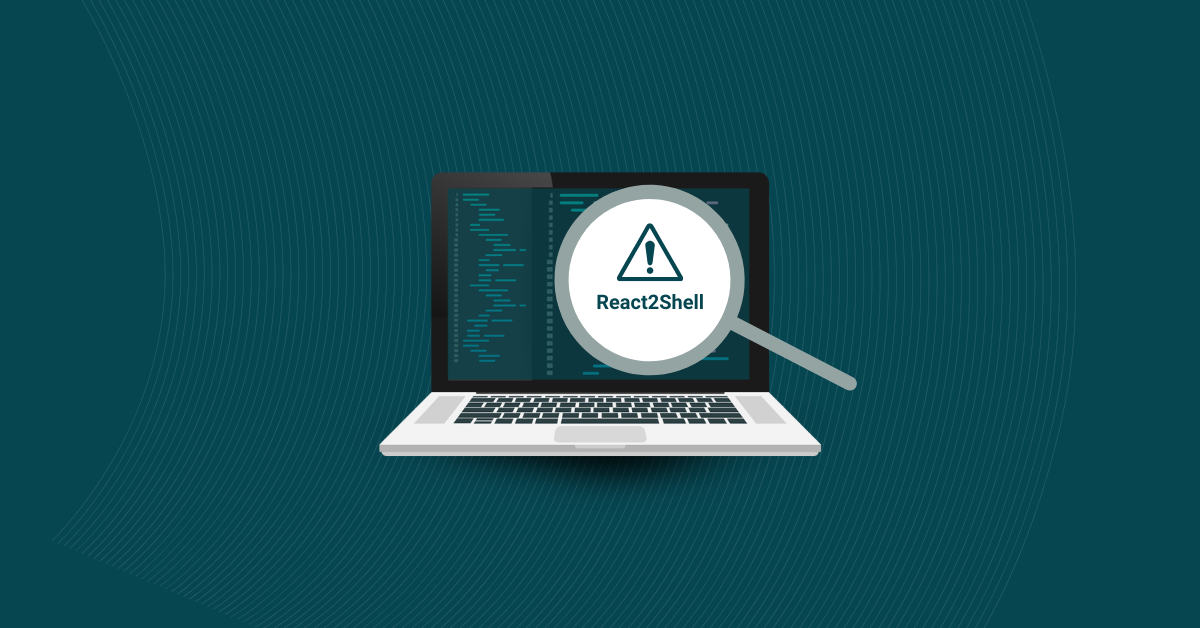

A comprehensive application security testing process that incorporates multiple types of automated testing tools forms the foundation of a mature cybersecurity posture. However, your process will be even more effective if you use analytics to track your results for continuous improvement.
As with other types of key performance indicators (KPIs), AppSec analytics can provide a baseline and measure your security posture over time. They help you analyze the data from your testing processes to gain insight into the security of your applications.
More businesses are shifting left and addressing application security earlier in the continuous integration/continuous delivery (CI/CD) pipeline. Tracking metrics enables you to monitor your application’s health and respond more quickly to security threats. Real-time analytics, such as those provided by Kiuwan’s end-to-end application security platform, enable you to address vulnerabilities before they can impact production and be exploited by malicious actors.
As part of an overall proactive security approach, tracking analytics gives you a benchmark to measure your internal progress and evaluate your application security against industry standards. The following application security metrics will guide your team, enabling you to effectively manage your time and identify areas for performance improvement.
Understanding the total number of threats, along with their severity, will give you a clear, high-level picture of your application’s security position. This analysis identifies the amount of technical debt and the volume of issues in your application.
In addition to the number of total threats, track the number of new threats when your application is deployed. You can use this analytics to measure the quality of new code and compare your team’s progress over time.
Kiuwan’s SAST tool can identify and classify vulnerabilities in your code base. It can also help you reduce your total number of vulnerabilities by enforcing coding best practices and supporting your team’s improvement as they work. It ties directly into your integrated development environment (IDE) and provides immediate feedback as your team works.
The longer a vulnerability goes unremediated, the longer hackers have to exploit it. According to the Cybersecurity and Infrastructure Security Agency (CISA), you can expect an attacker to exploit an open vulnerability within 15 days of discovery.
Monitoring this metric will help you evaluate the effectiveness of your incident response and vulnerability management procedures. Implementing a defined process for prioritizing, assigning, and remediating vulnerabilities can significantly shorten your average time to remediation.
Automated testing and remediation tools, such as Kiuwan’s SAST and Software Composition Analysis (SCA), can remediate many security vulnerabilities as soon as they’re discovered, which will also improve your average time to remediation.
Knowing what types of threats your applications are most prone to can help you develop with them in mind and build more resilient applications with targeted defenses. This metric is particularly important given the sophistication and prevalence of attacks such as API threats, supply chain attacks, and advanced persistent threats—often driven by artificial intelligence.
Tracking the prevalence of emerging threats can help you understand your specific threat landscape and develop an effective action plan for addressing them. Kiuwan supports threat-type tracking, allowing you to identify specific vulnerabilities in your applications and open-source components. This data enables you to allocate your defensive resources more effectively and mount a swift response.
Monitoring trends in discovery and remediation over time enables you to assess whether your improvement initiatives are effective. If the number of unresolved findings is decreasing, it indicates that your team is becoming more efficient and your security posture is improving. If they’re increasing, you may need to reexamine your processes and other analytics to identify the areas where the sticking points lie.
This metric is essential for overall risk mitigation. The cybersecurity regulatory landscape, particularly on a global scale, is expanding in scope and complexity. An upward trend in findings over time can indicate emerging threats or security gaps. You can identify where you need to allocate your resources for maximum effectiveness.
Although understanding the total number of vulnerabilities can provide essential insight into an app’s health, vulnerability density adds another dimension that can be more revealing. Vulnerability density indicates the number of vulnerabilities per unit of code size. Naturally, you’d expect a smaller code base to have fewer vulnerabilities than a large one.
This proportional analysis is usually measured in defects per thousand lines of code. A lower vulnerability density indicates high-quality code and strong security practices. Kiuwan’s end-to-end application security platform provides vulnerability density data, allowing you to see how it improves as you implement specific code-security practices.
Kiuwan’s automated testing platform gives you real-time insight into a wide variety of threats and flaws in your applications. You can track all your data in one place, using an easy-to-understand dashboard that provides visual data insights and app security analytics.
It also supports your team’s efforts to shift left and take a DevSecOps approach to security. Kiuwan can be integrated directly into your IDE to give your team instant feedback on their code quality.
With Kiuwan SAST, you can analyze your codebase throughout the development process so you can identify and remediate flaws immediately, when they’re cheap and easy to take care of. If you wait until they’re committed to the code base, they’ll be more expensive and time-consuming to fix.
Now that almost all applications are built on open-source elements, Kiuwan SCA is critical for managing open-source risk. You can use it to build a software bill of materials, which helps you uncover vulnerabilities in hidden dependencies.
Curious to see how Kiuwan can enhance your app security analytics? Request a demo today and discover a more proactive approach to application security.


